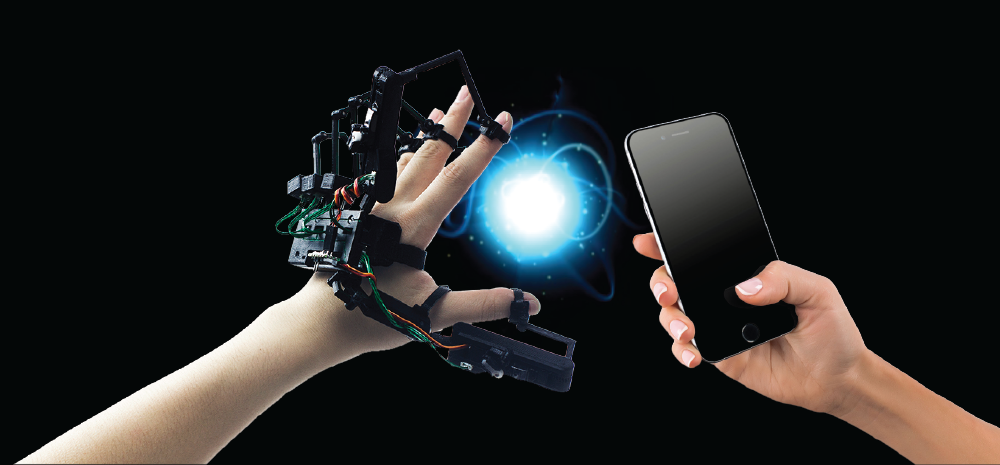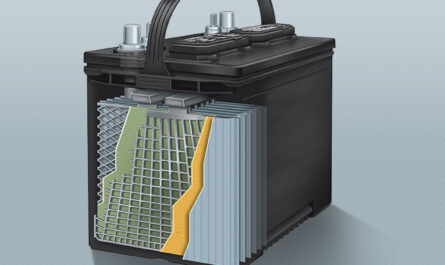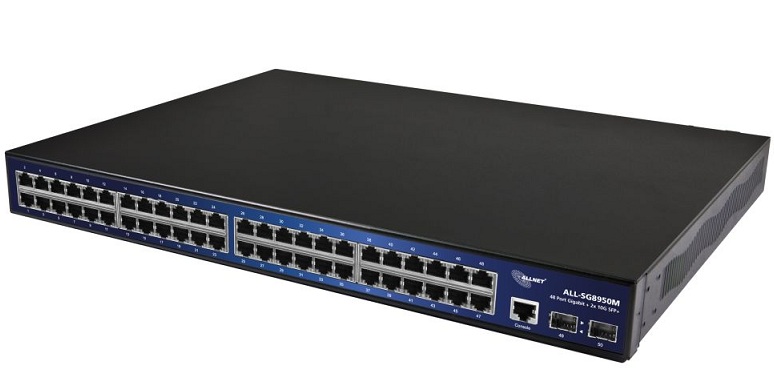What is Haptic Technology?
Haptic technology refers to any technology that can create an experience of touch by applying forces, vibrations, or motions to the user. It employs mechanical or physical feedback using touch. Specifically on mobile devices, haptic technology creates the sense of touch by applying vibrations to the device. This provides tactile feedback to the user for actions like tapping buttons or icons on the touchscreen.
How Does it Work?
Haptic Technology For Mobile Devices works through small actuators or motors located inside the device. These actuators create localized vibrations to mimic tactile sensations. When the user taps or swipes on the touchscreen, the actuator vibrates at specific frequencies and intensities to simulate the feedback of pressing a physical button. Some mobile devices have linear resonant actuators (LRA) or eccentric rotating mass (ERM) motors to generate the vibrations. LRAs move back and forth quickly while ERMs rotate an off-balanced mass. The type and placement of actuators inside the phone impacts the quality of haptic feedback produced.
Evolution of Haptics Technology for Mobile Devices
One of the earliest forms of haptics on phones was the vibration motor added for alerts and notifications. As touchscreens replaced physical buttons, haptics became more important for confirming user inputs. Early iPhone models integrated basic vibration feedback. Android phones soon followed with improved vibration motors. Over time, mobile chipmakers started including dedicated haptic engines and drivers. This allowed OEMs to program more complex vibration patterns matching different in-app actions. Flagship devices now feature multiple actuators across the device body for a richer haptic experience. Technologies like spatial haptics are being explored to emit vibrations from precise on-screen locations.
Enhancing the User Experience
Well-designed Haptic Technology For Mobile Device feedback plays a crucial role in enhancing the overall user experience of a touchscreen device. It fills the lack of physical buttons and provides tactile context that boosts usability. Vibrations let users know if touches are registered or ignored. Complex vibration patterns mimic real-world textures, actions and notifications. This makes touch interfaces more intuitive and immersive. Haptics also benefit users with visual or cognitive disabilities by adding an important tactile dimension. Game developers are increasingly leveraging haptics for realistic in-game actions and forces. The technology creates a multi-sensory experience and bridges the gap between physical and virtual worlds.
Emerging Areas and Future Potential
Researchers continue advancing haptics to new frontiers. Areas like tactile internet aim to incorporate low-latency haptic data transmission. This could enable remote touch interactions over 5G networks. Projected haptics explores emitting localized vibrations exactly where visuals are shown on a surface. When combined with augmented or virtual reality headsets, it promises to dramatically improve the immersion of interactive simulations, training and gaming. Car manufacturers are experimenting with steering wheel haptics providing physical driver alerts without visual distraction. In medicine, haptic gloves and devices aid complex surgeries, rehabilitation and virtual consultations. As the technology matures, its applications will transform a wide spectrum of industries. The compelling user experiences made possible through next-gen haptics will propel it to become an indispensable part of our interactive digital future.
In summary, haptic technology for mobile device has come a long way from basic mobile vibration alerts. Customizable multidimensional vibrations now provide nuanced touch feedback on phones. This enhances usability, accessibility and engagement across domains. As haptics permeates more interfaces with equal resolution as graphics, it will evolve how people experience and interact with virtual information in profound new ways. The merging of real and virtual through intelligent tactile simulation hints at very exciting interactive possibilities ahead.
*Note:
1. Source: Coherent Market Insights, Public sources, Desk research
2. We have leveraged AI tools to mine information and compile it.



